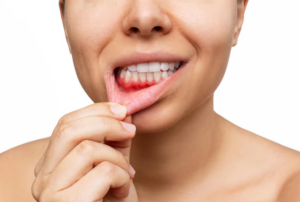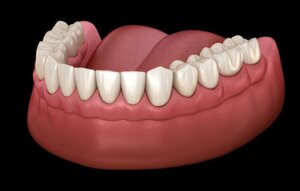
When you try and fall in love with drawing charcoal as your medium but are just starting, it’s best to familiarize yourself with tools, materials, and techniques. This is where practicing and experimenting with various tools and materials that work with charcoal is essential. After getting your art supplies, it’s now time to start practicing your drawing techniques. Here are 10 important and useful charcoal drawing techniques all artists will find helpful.
Hatching
This charcoal technique works well with charcoal pencils because you can sharpen the tip and create thin, sharp lines. Hatching is a great technique for creating shadows and adding texture to charcoal drawings. To make hatching, draw parallel lines as close to each other as possible. This creates a textured look and adds tonal value to your artwork. The space between the lines will affect how dark or line the shadows you create.
Cross Hatching
Cross hatching is when the artists create crisscross lines over each other in 3 directions — horizontal, vertical, and diagonal. To make the shadows darker, draw the lines closer to each other. For lighter tonal values, add space between each line. This charcoal drawing technique is effective in adding depth and weight to the subject or object. It works best with charcoal pencils and sticks. Compress charcoal and sticks are perfect for bigger charcoal drawings.
Contour Hatching
Contour hatching is like cross hatching and hatching but instead of straight lines, curved lines are drawn. The lines follow the shape of the subject to create contours around it. This adds dimension, depth, and tone to a charcoal portrait. The contour hatching technique is essential in making charcoal drawings more realistic and lifelike. To make more realistic shadows and tonal value, different hatching techniques are used at the same time.
Blending
Blending is an important charcoal drawing technique. Charcoal is monochromatic, meaning you can only create black and shades of gray. To prevent making your charcoal drawings look flat and two-dimensional, blending is necessary to make them more realistic.
You can start by using your fingers to get the feeling and control your medium. Experiment and use different pressures to see the effects and how your charcoal blends. If you’re creating bigger charcoal drawings, you might want to use blending tools to avoid spending too much time blending. For tighter spaces or finer details, you can use a paintbrush.
Stippling
Stippling is a charcoal drawing technique where artists create dots using the finer points in their charcoal. Charcoal pencils are best for this technique.
Depending on the distance and size of the dots created by artists, the shadows and tonal values can be darker or lighter. The closer the dots, the darker shadows they produce. And the farther and fewer the dots are, the lighter the shadows you’ll create. This drawing technique is perfect for adding textures or emphasizing walls and grounds.
Expressive Lines
As the name suggests, the artist has the freedom to create lines, curved, wavy, zigzag, etc. You can use charcoal pencils or sticks for this technique. Expressive lines are typically used to show where the light is.
Hold your charcoal like you do your crayons and start drawing. You’ll be able to make large, broad strokes. However, the type of paper you’re using will affect how the lines look. If you’re using textured or tooth papers, some parts of your expressive lines might have spaces due to the texture. But smooth paper will prevent charcoal particles from sticking if you’re using a type of charcoal without any binder.
Lifting
Lifting is when you use an eraser to lift the charcoal particles and pigment away from the paper to expose the white of the paper. This charcoal drawing technique is typically used to show highlights in the drawings and sketches. To do this technique, you’ll need soft kneaded erasers. Take the amount you’ll need and shape it using your fingers depending on the details you want to highlight. This eraser can also be used to remove dust or unwanted charcoal powder from the surface of your paper.
Scumbling
Scumbling adds texture and energy to your charcoal portraits. It adds extra shadows to the subject and charcoal drawings. Create tiny squiggles on top of another. Usually, artists used circular motions or coils for this technique. If you’re making smoke, bark, rocks, or other finer detail and texture on your drawings.
Pressure Stroke
Pressure strokes are perfect for creating shadows and dark tonal values. To apply this technique, put pressure on your charcoal and decrease or increase the pressure as you create lines or objects. This leaves tapered lines to emphasize finer and tiny details like waves or currents.
Frottage
For this technique, you’ll need to place the paper over a rough or textured surface. And then rub your charcoal back and forth until you replicate the texture on the paper. You can use tinted charcoal or colored pencils to create frottage. Frottage is easy to make but very useful and practical. All you need is to find the right textured surface to do this technique.
Drawing charcoal can be a difficult medium to start with. But with enough practice and the right tools and materials, you’ll be able to make detailed charcoal drawings in no time! Try these techniques and figure out which one creates the best results based on your style.







